


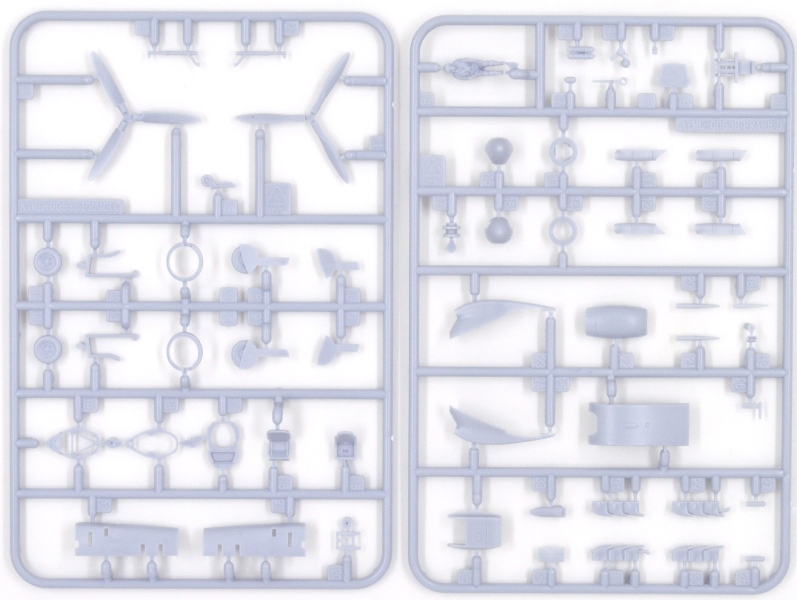
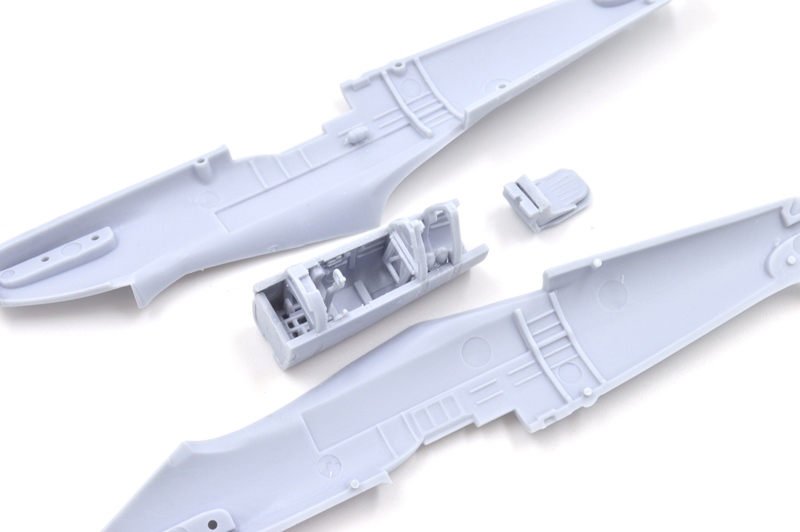

Part II here: https://inchhighguy.wordpress.com/2021/05/07/airfix-supermarine-spitfire-mark-vc-batch-build-in-1-72-scale-part-ii/
Scale Modeling and Military History






Part II here: https://inchhighguy.wordpress.com/2021/05/07/airfix-supermarine-spitfire-mark-vc-batch-build-in-1-72-scale-part-ii/
This aircraft is Tora (Tiger) – 110, the mount of the CO of the 261 Kokutai. This aircraft features prominently in Thorpe’s classic Japanese Naval Air Force Camouflage and Markings of WWII, being pictured on the cover, a photograph (below), and a color profile. Very attractive, but also problematic. The photograph shows a Type 21, with a dark finish on the forward fuselage and a lighter finish aft. Various people (all of whom know much more about this than me) have interpreted the difference in colors as two greens, discoloration due to primer, dirt or fading, or even as the aft fuselage being painted red matching the Hinomaru. Thorpe’s cover artwork depicts a Type 22 with the wing stripes and upper wing Hinomaru moved inward.
For my build I chose the primer interpretation and mixed the green a little lighter for the aft fuselage and sections of the upper wings, but I keep thinking it would look good in red. Fine Molds kit, all stripes are painted, tail codes are Hasegawa decals.






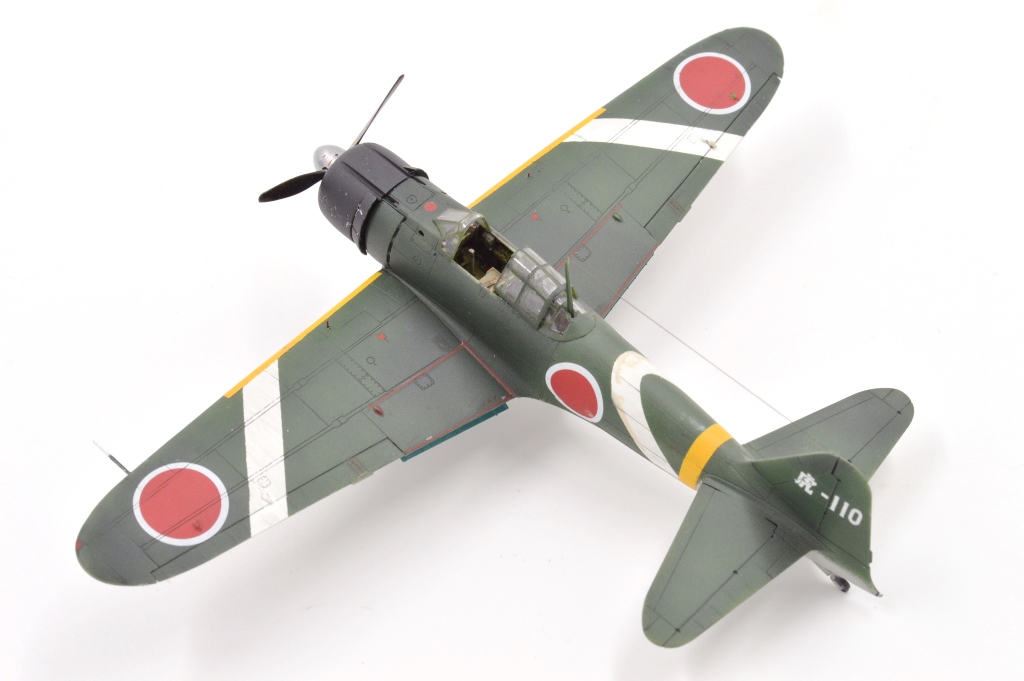

More Zero aces completed models here: https://inchhighguy.wordpress.com/2021/04/22/hasegawa-mitsubishi-a6m2-zero-of-takeo-okumura-in-1-72-scale/
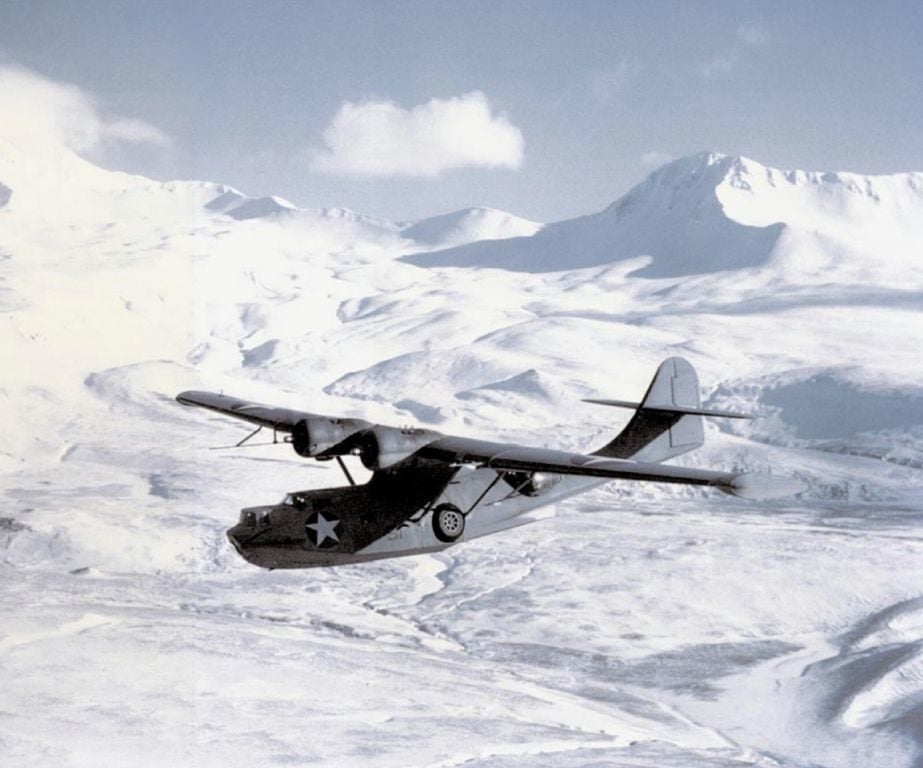






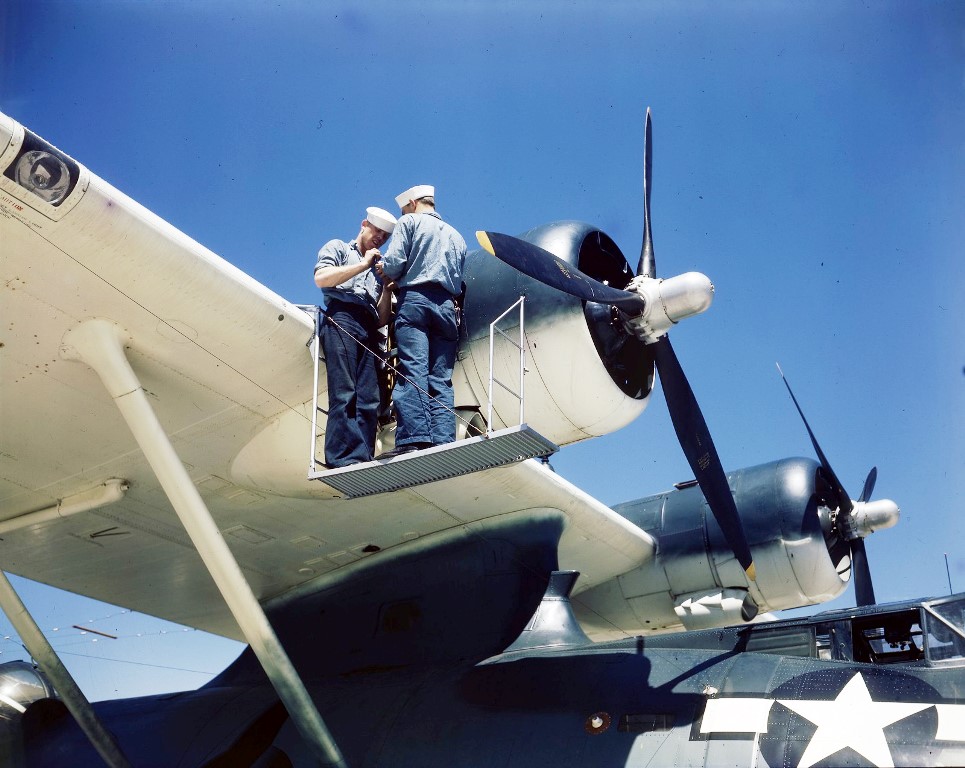


Part I here: https://inchhighguy.wordpress.com/2020/04/22/consolidated-pby-catalina-color-photographs-part-1/
A diorama showing the arrival of an Northern Alliance T-55 being welcomed by Afghani militia. The tank transporter is Takom’s MAZ-537, the T-55 is from Trumpeter. Figures on the vehicle are from Paracel Miniatures, the rest are modified from various components to represent Afghanis. The structure is a 3D resin print.









Construction posts here: https://inchhighguy.wordpress.com/2021/04/09/takom-maz-537-tank-transporter-build-in-1-72-scale-part-i/

Stryker Combat Vehicles
By Gordon L. Rottman, illustrated by Hugh Johnson
Series: Osprey New Vanguard 121
Softcover, 48 pages, index, well-illustrated
Published by Osprey Publishing July 2006
Language: English
ISBN-10: 1-84176-930-4
ISBN-13: 978-1-84176-930-1
Dimensions: 7.2 x 0.1 x 9.8 inches
The Stryker family of armored vehicles is one of the most common types in U.S. inventory with more than 4,400 having been purchased. The standard configuration is the armored personnel carrier which carries a crew of two and nine infantrymen. Other versions include a reconnaissance version, a mobile gun system with an unmanned 105 mm gun turret, a mortar carrier, command vehicle, and various supporting functions such as engineering, ambulance, and forward observation.
While the U.S. Army has purchased the Stryker in large numbers, it still remains controversial. It is only nominally deployable using the USAF C-130, as it is a tight fit and so near the maximum permissible weight that the crew and combat load must be transported separately – up-armored versions cannot be loaded at all. The recoil of the mobile gun system commonly overturned the vehicle in tests and so has not been fielded. It is not amphibious like the Marines’ LAV-25; there are no firing ports or vision blocks provided for the infantrymen like the Army’s Bradly IFV. Perhaps most inexplicable is the cost – at $4.9 Million per vehicle the Army could purchase either four Bradlys or five LAV-25s for the same price, and both of the other vehicles were better armed and already in production.
This book is in the format familiar to readers of the Osprey New Vanguard Series. The descriptions are brief but adequate, the artwork and photographs are superb. It is an enjoyable and informative read. I was not familiar with the Stryker and picked up this volume in an attempt to figure out why it was purchased in such great numbers when there were some obviously superior alternatives already in service. Now that I am more familiar with the Stryker, I am even more mystified.

Photographs taken at the Air Zoo, Kalamazoo Michigan.







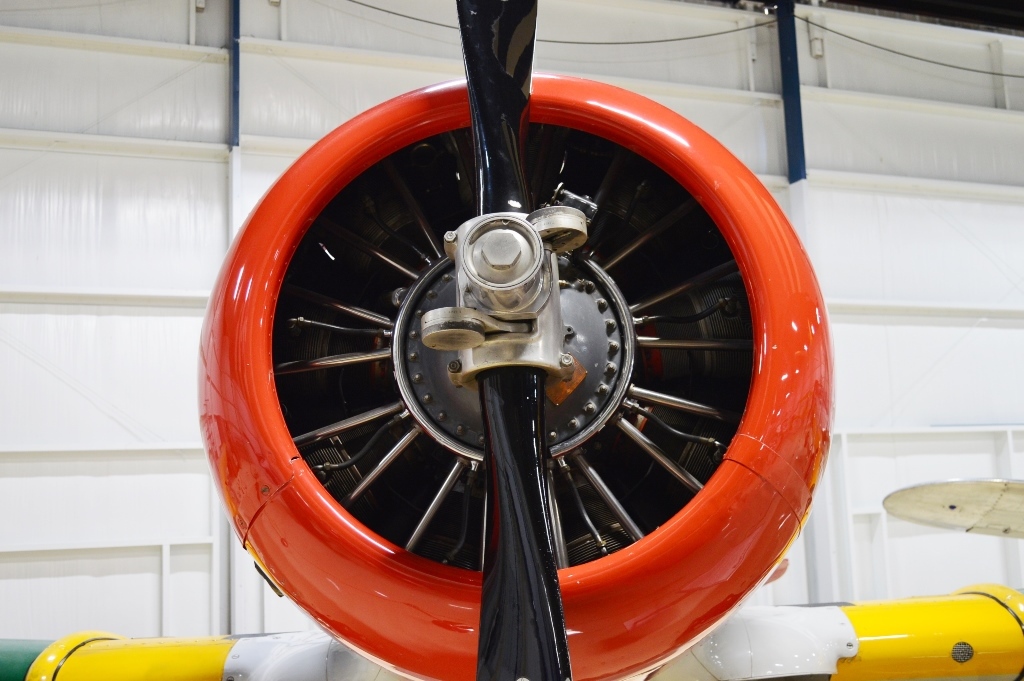

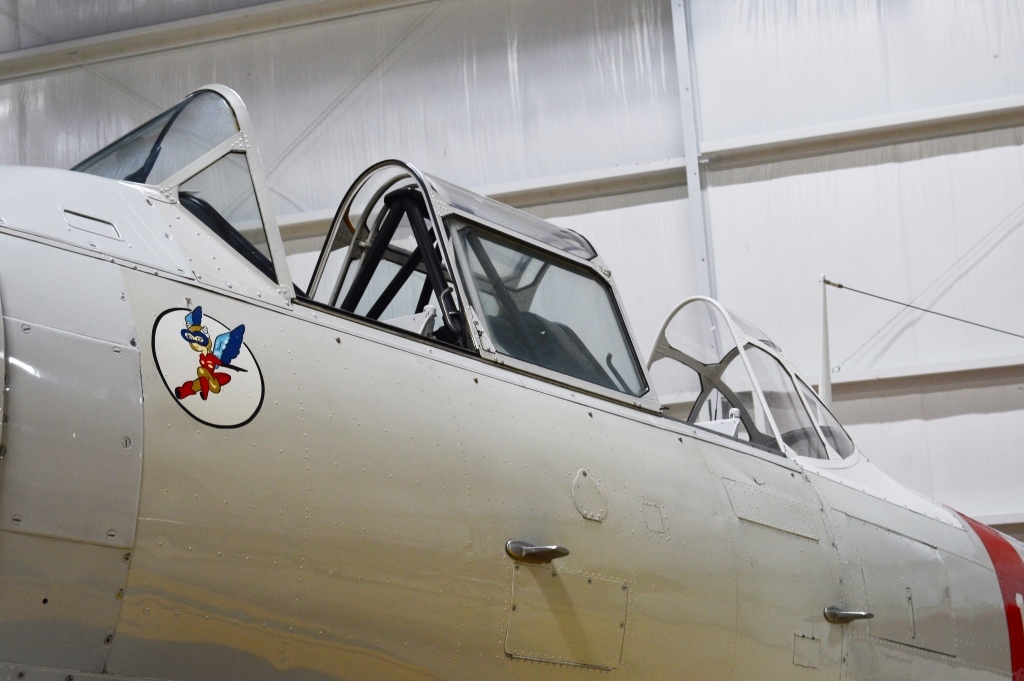

Part II here: https://inchhighguy.wordpress.com/2022/02/27/north-american-at-6-snj-texan-walk-around-part-ii/


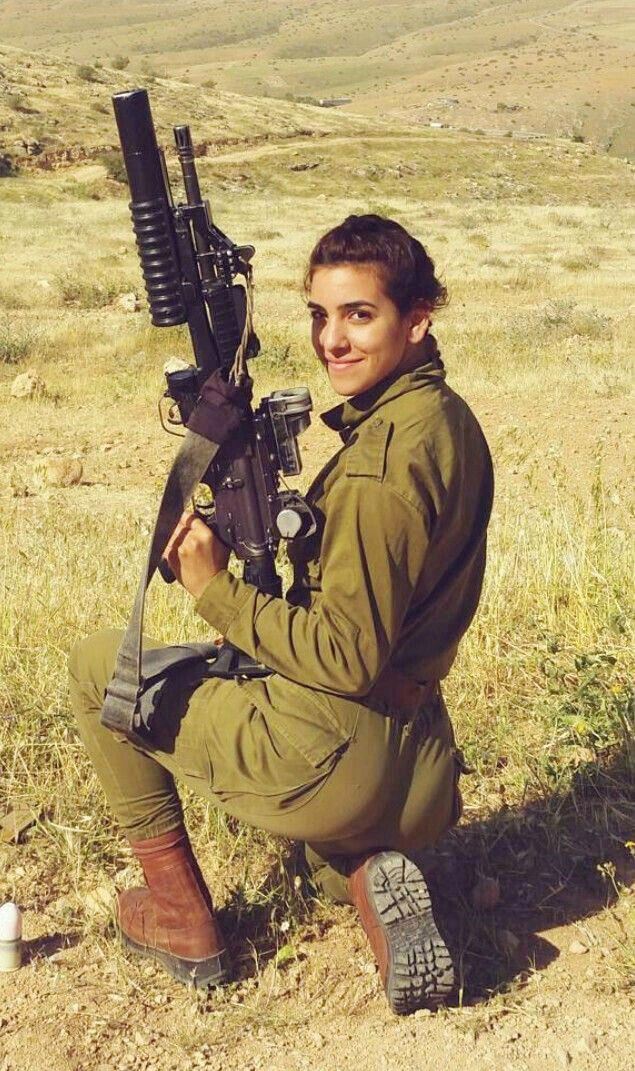










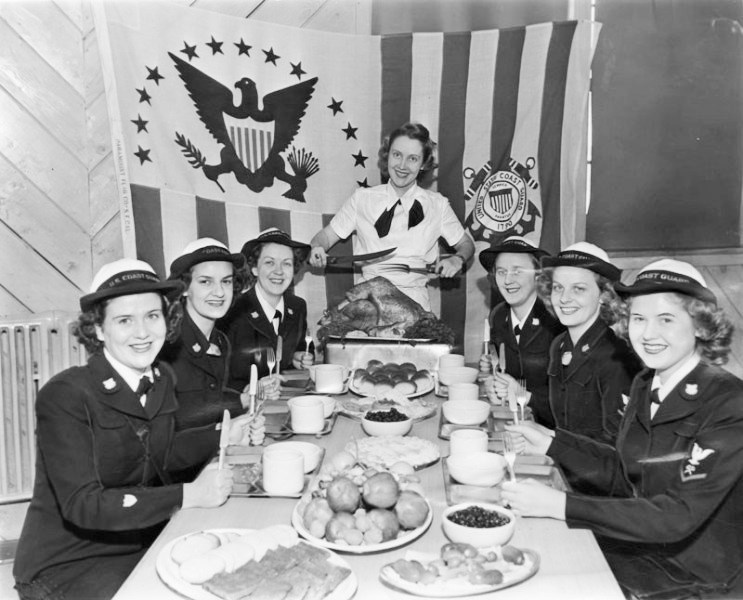


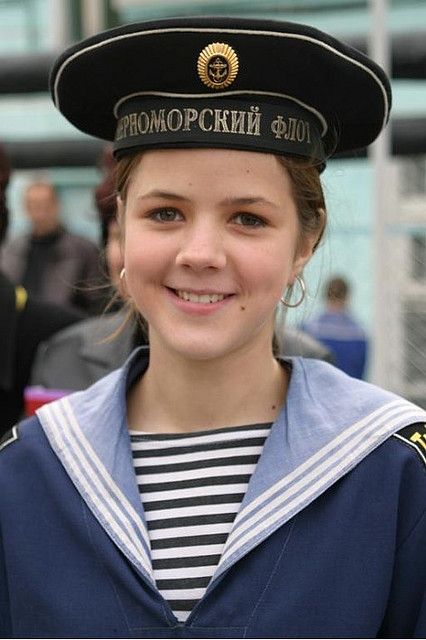



To see more Women Warriors, click on the tags below:





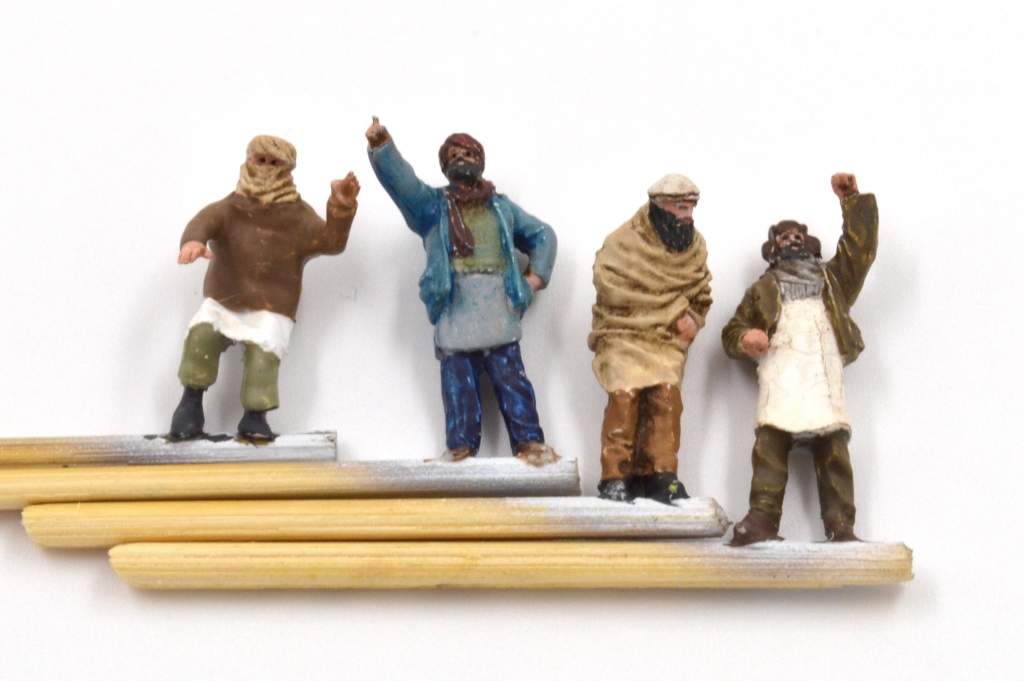





More finished diorama photos here: https://inchhighguy.wordpress.com/2021/04/27/afghani-northern-alliance-tank-transporter-diorama-in-1-72-scale/
The fifth leading Imperial Japanese Navy ace was Takeo Okumura with 54 victories. The model represents WI-108, an A6M3 Type 22 assigned to the 201 Kokutai at Buin in September 1943. The only profile I was able to locate of this aircraft was in Osprey Aces 22, IJN Aces 1937-45, which was depicted in a badly chipped paint job. Most photographs of operational Zeros show little or no chipping, so mine is rendered similarly. Okumura was credited with four Chinese aircraft prior to the start of the Pacific War. He was assigned to the aircraft carrier Ryujo during the Guadalcanal Campaign and was transferred to the Tainan Air Group at Rabaul. When operating from Buin in September 1943, he was credited with nine victories and one shared over five sorties, a record for the Pacific War. He was lost at the end of the month attacking a convoy off Cape Cretin, New Guinea.








More Zero aces completed models here: https://inchhighguy.wordpress.com/2021/04/15/tamiya-mitsubishi-a6m2-zero-of-saburo-sakai-in-1-72-scale/
All photographs from the NASM Hans Groenhoff collection.




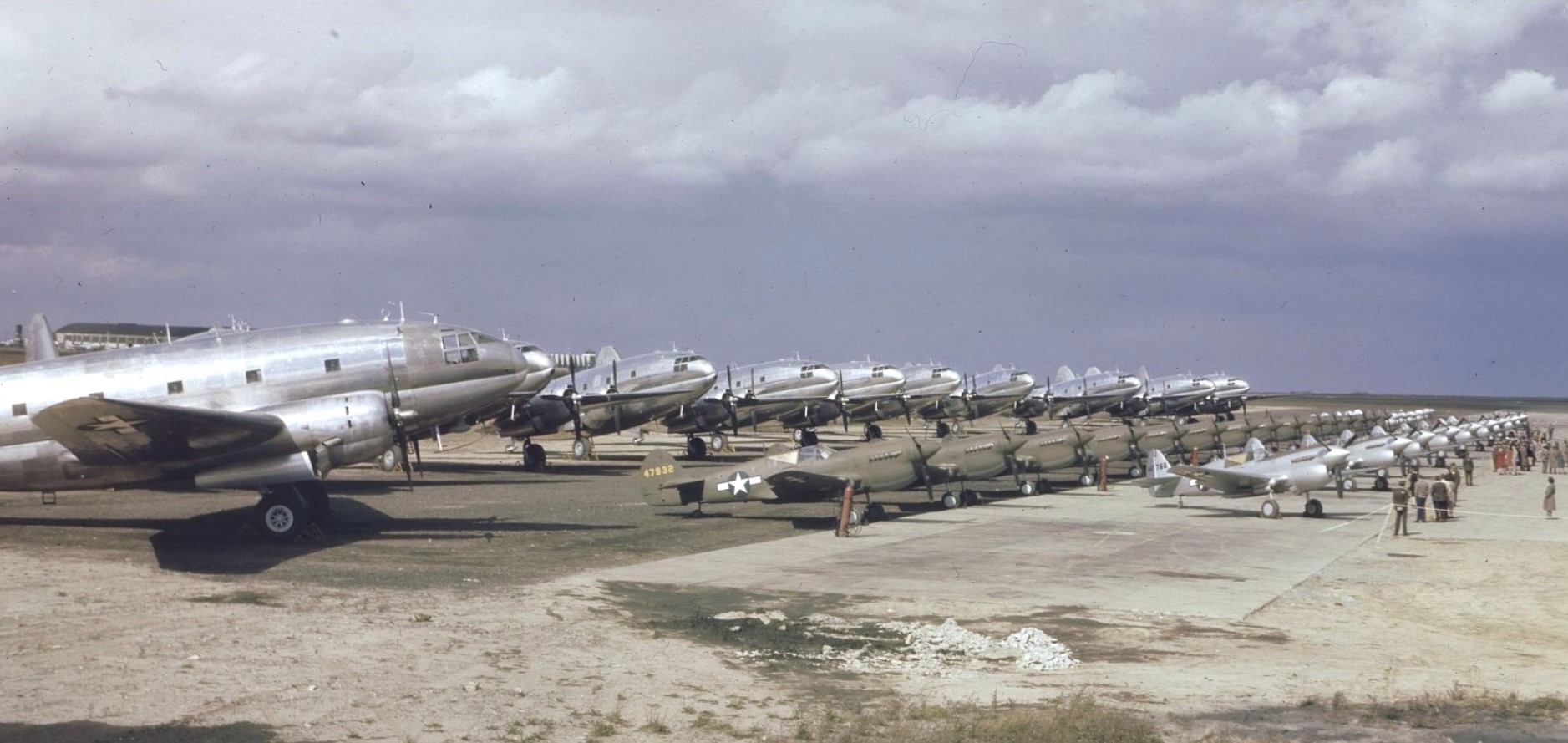





Part I here: https://inchhighguy.wordpress.com/2021/03/31/curtiss-wright-c-46-commando-color-photographs-part-i/
Scale models, where they come from, and people who make them
Scale diorama tips and ideas
Let's build, and build again even if you won't build everything you have bought
A futile fight against entropy or 'Every man should have a hobby'? Either way it is a blog on tabletop wargames, board games and megagames
World War II with Scale Models
Illustrating Stories, Painting Miniatures, Reviewing Realms.
This is my ad free non-profit blog of my research notes on military history since April 2018.
Moving with the tides of history
Building and improving scale models
WHENEVER ANY FORM OF GOVERNMENT BECOMES DESTRUCTIVE OF THESE ENDS (LIFE,LIBERTY,AND THE PURSUIT OF HAPPINESS) IT IS THE RIGHT OF THE PEOPLE TO ALTER OR ABOLISH IT, AND TO INSTITUTE A NEW GOVERNMENT― Thomas Jefferson
Let's build and build again
This WordPress.com site is Pacific War era information
Scale Modeling and Military History
The best in WWII aviation history
Scale Modeling and Military History
Scale models from the sunny side of the Alps.
Scale Modeling and Military History
Scale Modeling and Military History
Scale Modeling and Military History
Scale Modeling and Military History
Scale Modeling and Military History
Scale Modeling and Military History
Scale Modeling and Military History
A blog about Modeling and life in general